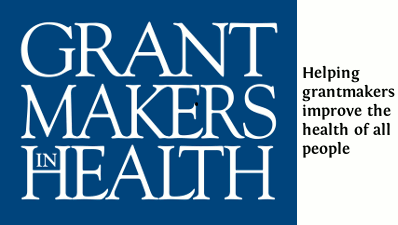Returning the Mouth to the Body
Integrating Oral Health & Primary Care

EXECUTIVE SUMMARY
Dental disease is one of the great preventable public health challenges of the 21st century. Labeled a “silent epidemic” by the U.S. Surgeon General, dental disease ranks high in prevalence among chronic health conditions (HHS 2000). It is universally prevalent, but a number of subpopulations are particularly vulnerable, including seniors, children and adolescents, low-income people, minority groups, and people with special health care needs (IOM 2011).
While dental disease is itself a discrete health concern, like many other chronic diseases it has broader health impacts. Poor oral health has been linked to increased risk for cardiovascular disease, diabetes, and other chronic conditions. Among adults who have lost their natural teeth, studies have shown that there is a significant impact on nutritional intake, resulting in the consumption of little or no fresh fruit and vegetables. Poor oral health also exacerbates other underlying chronic diseases. For example, diabetic patients with periodontitis are six times more at risk for worsening glycemic control and are at increased risk for other diabetic health complications (Mealey and Rose 2008).
Dental disease has a number of broader implications. Poor oral health in children has been shown to result in decreased academic performance and can adversely affect behavioral and social development. Over 51 million school hours are lost each year due to dental problems (Pew Center on the States 2011a). Poor oral health is even a national security concern. According to a study conducted by the U.S. Department of Defense, 52 percent of new recruits were in need of urgent dental treatment that would delay their deployment (Leiendecker et al. 2008).

